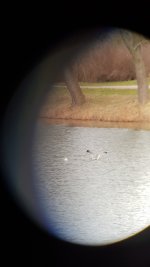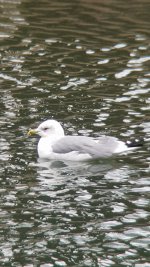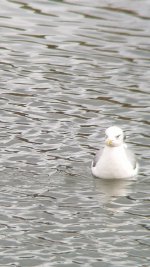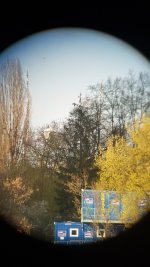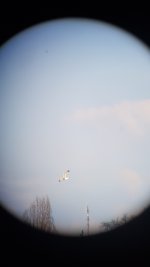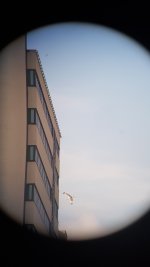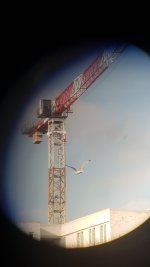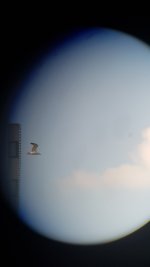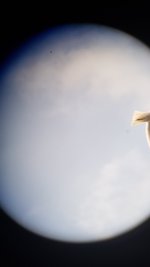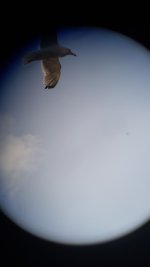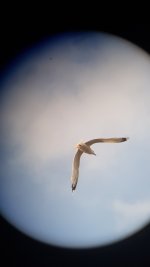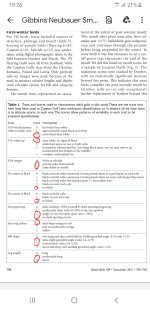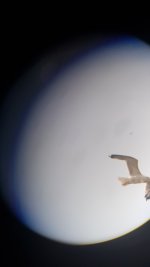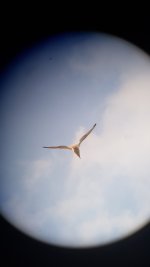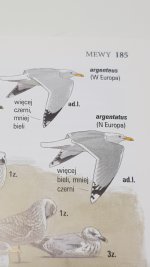
I've appraised the primary pattern based on the chart for adult (this bird appears to have some slight brownish hue at the end of the tongues on the outer primaries, though) gulls from https://www.researchgate.net/public...lity_and_the_field_characteristics_of_hybrids and, to my eye, it maxes out the score for primary structure (at least 13 out of 20), so I know it's not a Caspian Gull (4-12), but how can I tick a Herring Gull in Central Europe (even if I had good views on the eye, bill and legs of this gull) given the complete overlap between pure Herring Gulls (12-20) and Caspian Gull x Herring Gull hybrids (9-20)?
EDIT: The two remaining photos may be of this bird or another similar one close to it.
EDIT: The two remaining photos may be of this bird or another similar one close to it.
Attachments
Last edited:




